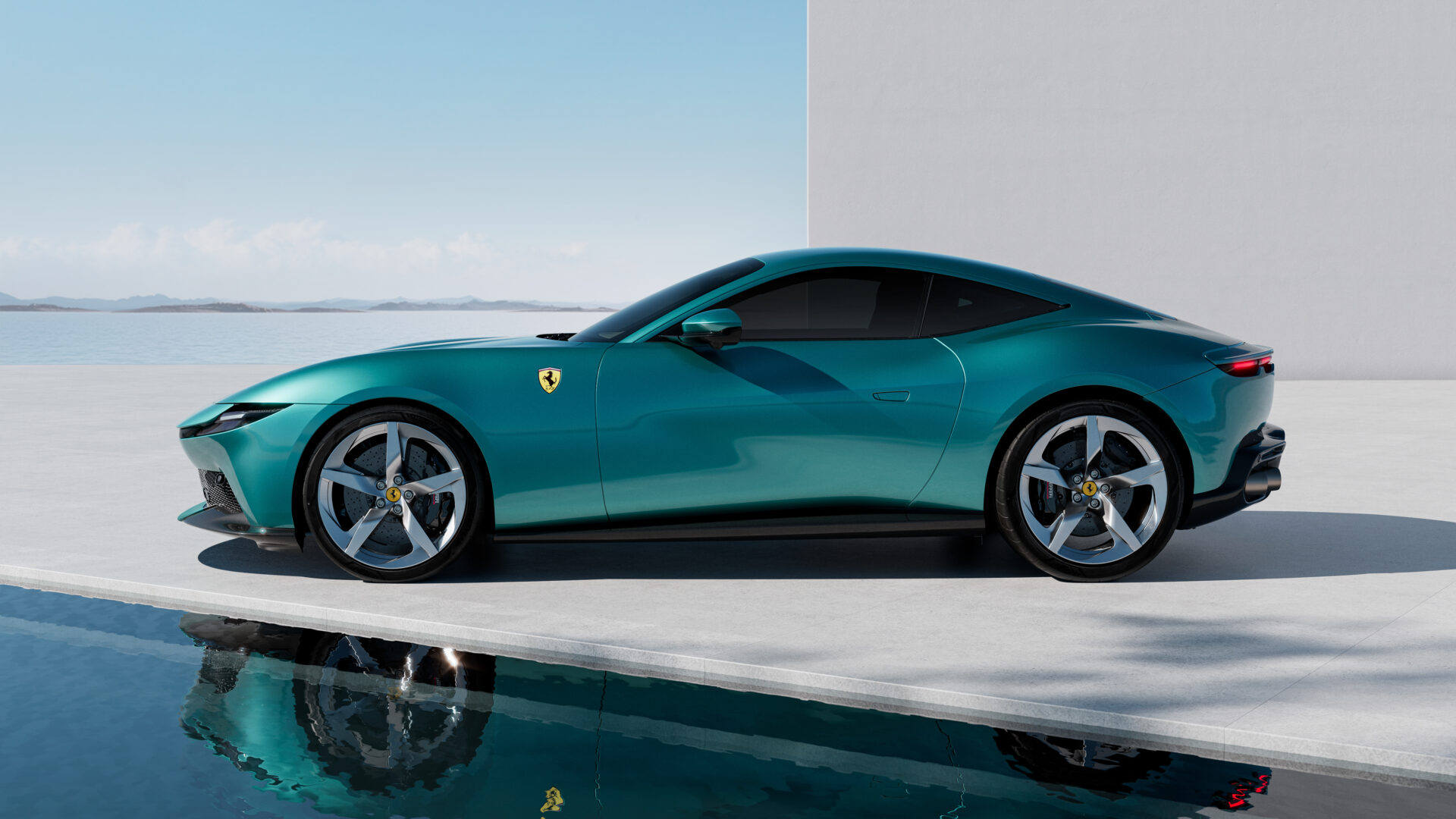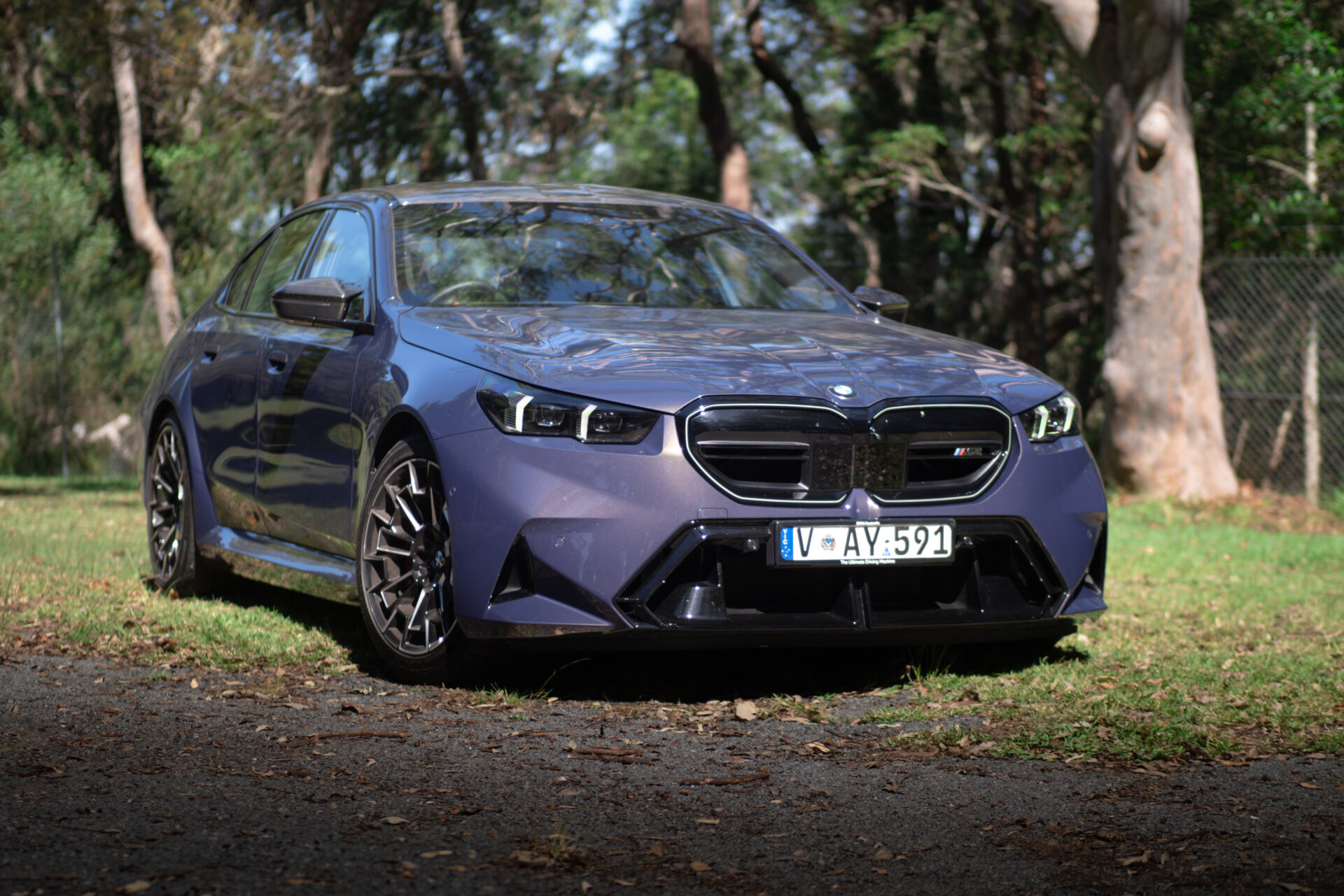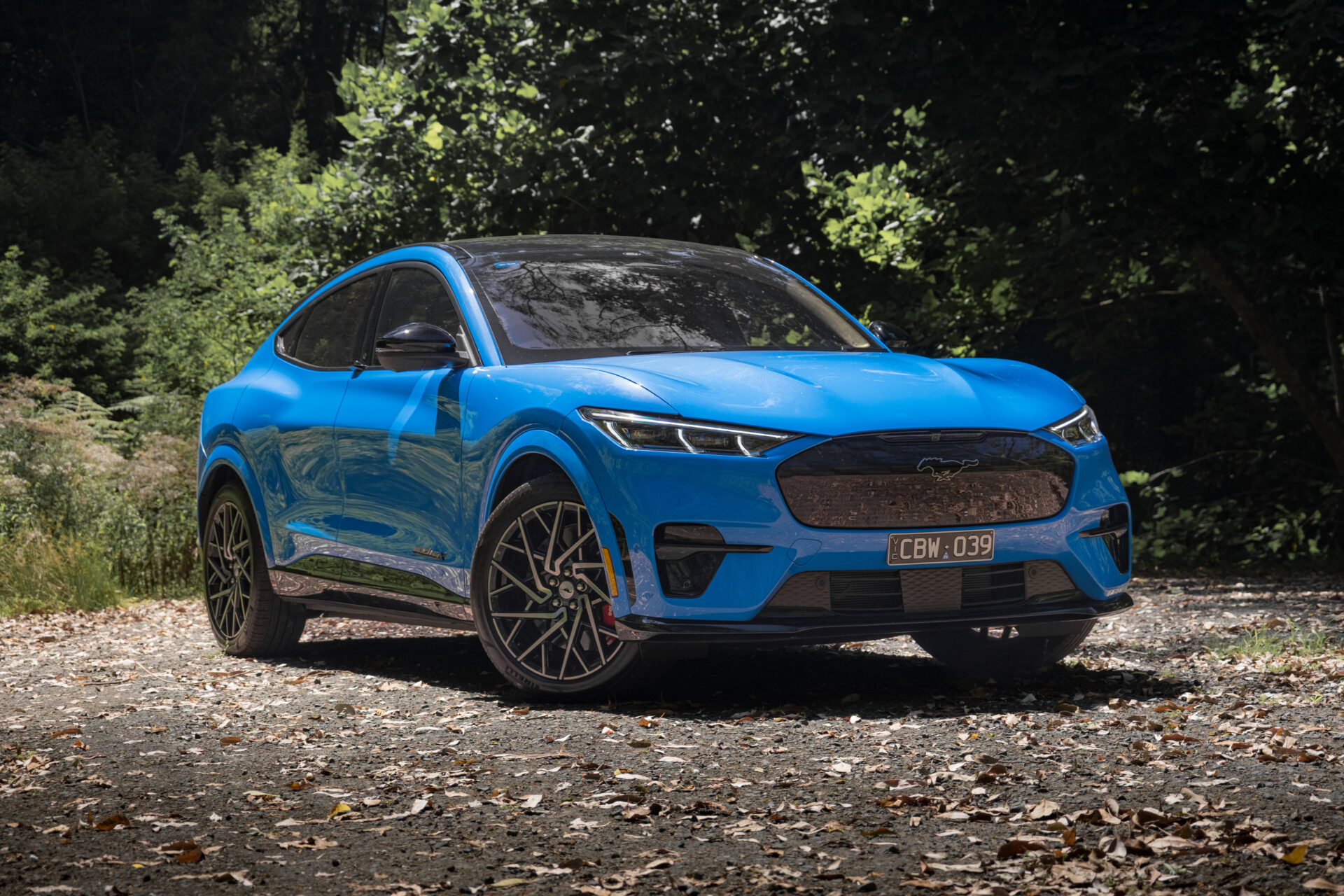While the people who wish F1 killed as many people as it did in the 60s rage over the introduction of the halo, F1 actually has a real problem it needs to address.
https://www.youtube.com/watch?v=fuRRLkc4qUo&index=8&list=PLfoNZDHitwjVujqlQcgPpsKnXYHTiiBiV&t=0s The turn one, lap one crash unleashed the idiots on the line
At last weekend’s Belgian Grand Prix, Charles Leclerc got very, very lucky. Assisted by Renault’s Nico RosbergHulkenberg, Fernando Alonso’s McLaren found itself airborne and careening over the top of Le Clerc’s Sauber at the La Source hairpin moments after the start of the race.
LeClerc’s halo – a newly-mandated for 2018 safety device that sits above the driver’s head, and admittedly looks a bit like a toilet seat or the Hyundai A-League trophy – kept the McLaren from removing his head from his shoulders in what would have been an extremely graphic demonstration of the “motorsport is dangerous” line you see printed on the back of your ticket.
WOW 👀 😮 🙈 💥#BelgianGP 🇧🇪 #F1 @Charles_Leclerc pic.twitter.com/GOy3Jfszhd
— Formula 1 (@F1) August 27, 2018
And since Sunday night’s race, the debate has re-emerged over the halo, for someone reason. I don’t really care who started it, but “The halo is crap, ruins F1 and this is why it’s not interesting because the cars are ugly” takes and the “well, actually it saved a life” takes are both tedious.
The halo has made no difference to anyone’s enjoyment of F1. And if it has, it’s because you’re denying the fact F1 actually has a much bigger problem then a safety device which, at worst, can be easily ignored by anyone who doesn’t have a firm addiction to varnish remover.
What is making trouble for F1, is that it has become much more a multi-class series this year than we’ve seen in quite some time.
Now more than ever F1 is a competition between three teams that have and seven teams that have not.
Mercedes, Ferrari and Red Bull are all haves. It doesn’t matter where they start on the grid, you can guarantee those three teams will occupy the top six placings come the end of the race.
We’ve seen it multiple times this season. The ones that immediately spring to mind are Hamilton at Silverstone where he was punted off the road at turn two, and recovered to finish second. And Belgium just this weekend gone with Bottas starting in 17th before finishing fourth.
Over the course of this season the only real times we see anyone outside the top three teams feature towards the front of the results page is when the latter hits problems. Like the two Red Bulls having their moment at Baku, Vettel falling off the road at Hockenheim, or Verstappen having engine trouble in Hungary.
So how do you solve the problem of disparity between the front and middle of the grid getting ever wider?
Open the rule book.

Well, there’s actually one simple regulation that could change to facilitate not only a grid full of better cars, but perhaps even the likelihood of more cars on the grid.
The part in question can be found in the Formula One Sporting Regulations, and is detailed in Appendix 6 of said document. In short, a team must own all the intellectual property (IP) of the car they’re competing in. That is, they have to have designed it built it themselves, or by a contractor like Haas Automation or Dallara, who don’t compete themselves in F1.
This means you can’t have customer cars. So Force India, for instance, can’t run the same car as Mercedes, Red Bull can’t run the same car as Renault and Haas can’t run the same car as Ferrari. They have to spend the money to design and build their own car.
What’s wrong with a B-team?
But what, exactly, is wrong with having “B” teams, that are closely aligned with a manufacturer?
Formula One is constantly in a spin trying to work out if they want to be a go-for-broke technical showcase (which costs a lot of money, meaning fewer teams have the budget to take part) or dial it back with the introduction of cost-caps and some spec parts.
That would take away from the technical showcase because if you’re limited by how much you can spend, then you’re not going to go on a deep dive into some new way of doing things that might be quicker/louder/better.
Customer cars are common in a lot of different series. Think Australia’s own Supercars series, the DTM, the World Endurance Championship’s GT-E Pro class, MotoGP, and most famously at the moment, GT3.

Customer cars, and B-Teams, allow manufacturers to better recoup the costs of developing a top flight racing car. They allow smaller teams access to better design and construction work than they might be able to do themselves.
And by reducing barriers to entry like that, you’re likely to see more cars on the grid. More cars generally leads to better racing, particularly if those cars have a bit more parity than what we’re seeing now.
You don’t have to limit the technical showcase aspect of F1 in order to make it financially viable for teams to compete. Simply here’s some regulations, build a car, if someone wants to buy that car then you can sell it to them, now lets go racing.
Even though Formula One is talking about introducing a $150 million cost cap next year, that’s unlikely to achieve what they want it to…if it even goes ahead – F1 has a long history with cost caps and it isn’t pretty. A cost-cap is also likely to be exploited, because that’s how these things work.
Customer cars and b-teams seem, to me, like the most sensible step forward F1 could make to lift the level of the show without compromising the principles that make F1 F1.





Leave a Reply